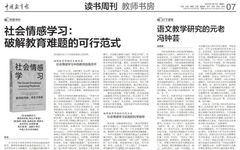

“New Explorations in Educational Materials Writing in the Era of Smart Technology” – Professor Tian Huisheng, a doctoral supervisor at Capital Normal University, Vice President of the Chinese Society of Education, and former Director of the Textbook Bureau of the Ministry of Education, wrote a review for the AI digital textbook knowledge graph edition “Curriculum Design and Evaluation” edited by Professor Sun Furong from our university, published on July 17, 2024, in the “China Education News” “07 Edition: Reading Weekly · Teacher’s Study Room”.
In the era of smart technology, the acquisition, transmission, and application of knowledge have undergone profound changes, and the education sector is facing unprecedented challenges and opportunities. For textbook writers, it is necessary to continuously adapt to and meet the trends of digitalization, intelligence, and personalized teaching. The Ministry of Education has issued new work requirements regarding curriculum design and evaluation for teachers in the compulsory education stage in the “Compulsory Education Curriculum Plan (2022 Edition)”, emphasizing the fundamental task of moral education, highlighting the practicality and comprehensiveness of curriculum design, and encouraging teachers to innovate teaching and evaluation methods using digital teaching resources.In this context, Professor Sun Furong, an executive director of the National Curriculum Academic Committee and a member of the National Teaching Theory Academic Committee, organized experts from many universities nationwide to form a writing team to actively respond to the challenges of the smart technology era, deeply understand and implement the spirit and requirements of the new curriculum, focusing on moral education, effectively combining curriculum theory and curriculum development capabilities, and actively attempting to write digital textbooks, innovatively introducing knowledge graphs, and producing the first knowledge graph edition AI digital textbook in the field of curriculum design and evaluation that meets the new curriculum requirements. The textbook has undergone various explorations and practices in terms of content structure and presentation format. Overall, the textbook mainly presents the following characteristics.Firstly, the integration of ideological and political education fully reflects the unique educational function of pedagogy. According to the ideological and political education requirements of the pedagogy curriculum, this textbook strives to solve the problems of the generalization, virtualization, weakening, and superficiality of ideological and political education in the curriculum from four dimensions, effectively constructing a full-process education chain: from the common dimension of pedagogy, the goal of “cultivating good teachers with ‘four qualities'” runs throughout; from the individual dimension, it excavates the unique educational elements of this textbook; from the content dimension, it creates the core task of “school-based curriculum development”, guiding students to develop school-based curriculum themes that reflect the core socialist values, embody excellent traditional Chinese culture, revolutionary culture, and advanced socialist culture; from the method dimension, it adopts deep learning methods such as group cooperation, task-driven, and generative inquiry learning to cultivate students’ higher-order abilities such as innovation awareness, critical thinking, and teamwork skills, thereby fostering students’ love for their country, education, curriculum reform, and innovation.Secondly, content innovation reconstructs the “task-oriented, three-dimensional two-model” content system. According to the capacity requirements for teachers’ curriculum design and evaluation in the “Compulsory Education Curriculum Plan (2022 Edition)”, this textbook focuses on theory as the priority, skills as the application, with the core task of completing a school-based curriculum outline development, setting three dimensions: basic knowledge of curriculum theory, basic knowledge of the new curriculum, and school-based curriculum development capabilities, constructing two modules: the “Curriculum Theory Forum” for theoretical knowledge and the “School-Based Curriculum Development Workshop” for practical operations. To better reflect a learner-centered approach, the arrangement includes introductory sections for each chapter, including content summaries, learning objectives, knowledge graphs, and learning scenarios; embedded learning assessments within the main content; and course Q&A sections after the main content, forming an integrated content system centered on content, simultaneously including guidance, assessment, and Q&A. This design makes the textbook content high-level, innovative, and challenging, allowing students to understand the curriculum, adapt to curriculum reform, create courses, and evaluate effectively.Thirdly, smart technology empowers the active exploration of the effective combination of digital textbooks, knowledge graphs, and AI. This textbook proactively advances the empowerment of education and teaching by artificial intelligence, exploring a new form of textbook writing that fully integrates digital textbooks, knowledge graphs, and AI. Firstly, it fully utilizes the technical advantages of digital textbooks, conducting integrated design with mixed media, achieving immersive and interactive learning in the same scenario for learning, practicing, testing, and discussing. Secondly, it synchronously links knowledge graphs without login, constructing an integrated knowledge graph, capability graph, and problem graph, covering 123 knowledge points, sorting 53 high-value problems, forming 2 core capabilities, carrying about 450 teaching resources while maintaining dynamic updates, and setting up a “Course Frontier Station” topic to guide students to focus on the theoretical frontiers of curriculum theory and the latest developments in the new curriculum, as well as a “School-Based Curriculum Examples” topic to provide excellent examples for students developing school-based courses. Thirdly, by utilizing the big data and artificial intelligence technologies of the two technical platforms of digital textbooks and knowledge graphs, it achieves two new personalized generative learning modes: dialogic learning and inquiry-based learning between students and textbook content. In addition, the textbook timely adjusts its content based on the latest developments in curriculum theory and new curriculum, students’ learning situations, expands teaching resources, and plans learning paths, effectively realizing the dynamism, targeting, diversity, interactivity, and openness of textbook use, fully meeting students’ personalized learning needs.Overall, amidst the wave of the smart technology era, the textbook writing team, with profound academic accomplishments and forward-looking educational vision, successfully compiled this AI digital textbook knowledge graph edition that integrates ideological and political education, content innovation, and smart technology empowerment. Through this textbook, we see the new direction of textbook writing in the era of smart technology, as well as the important mission of pedagogy in cultivating good teachers with a sense of social responsibility and innovative spirit in the new era. In the future, we look forward to more scholars like Professor Sun Furong in higher education curriculum theory to continue exploring and innovating, contributing to the cultivation of more talents with a sense of social responsibility and innovative spirit.
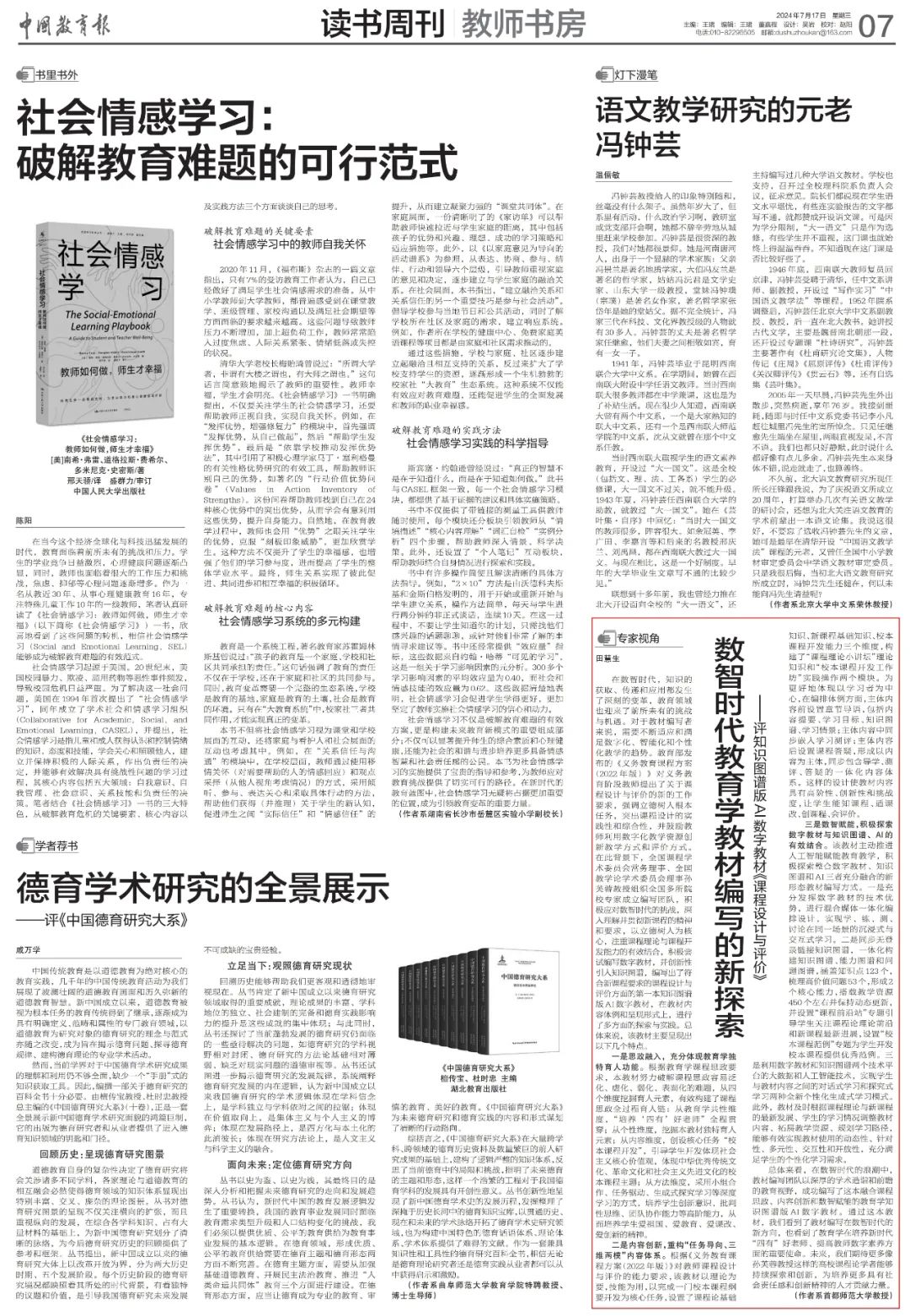

Source | China Education News
Typesetting | Chen Mengqi
Initial Review | Ye Nan Second Review | Chen Youwei Final Review | Lin Shengguang

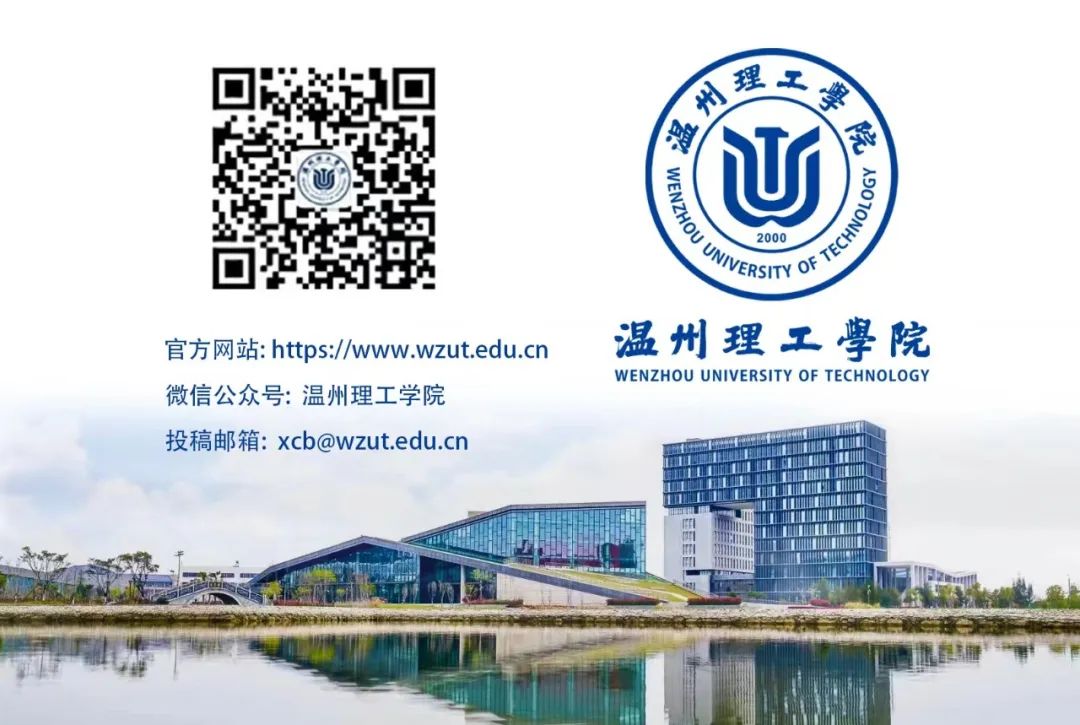
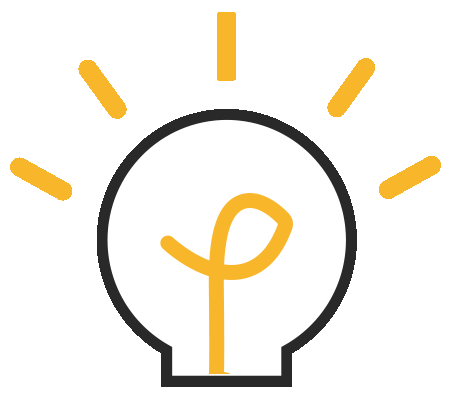 Share
Share Like
Like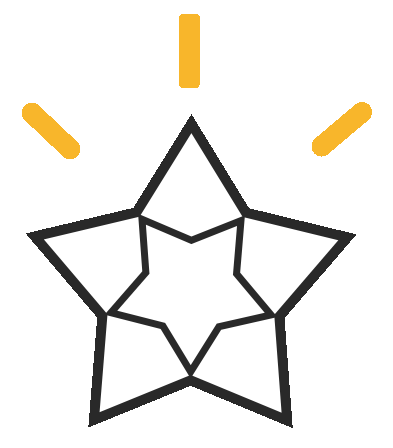 View
View
